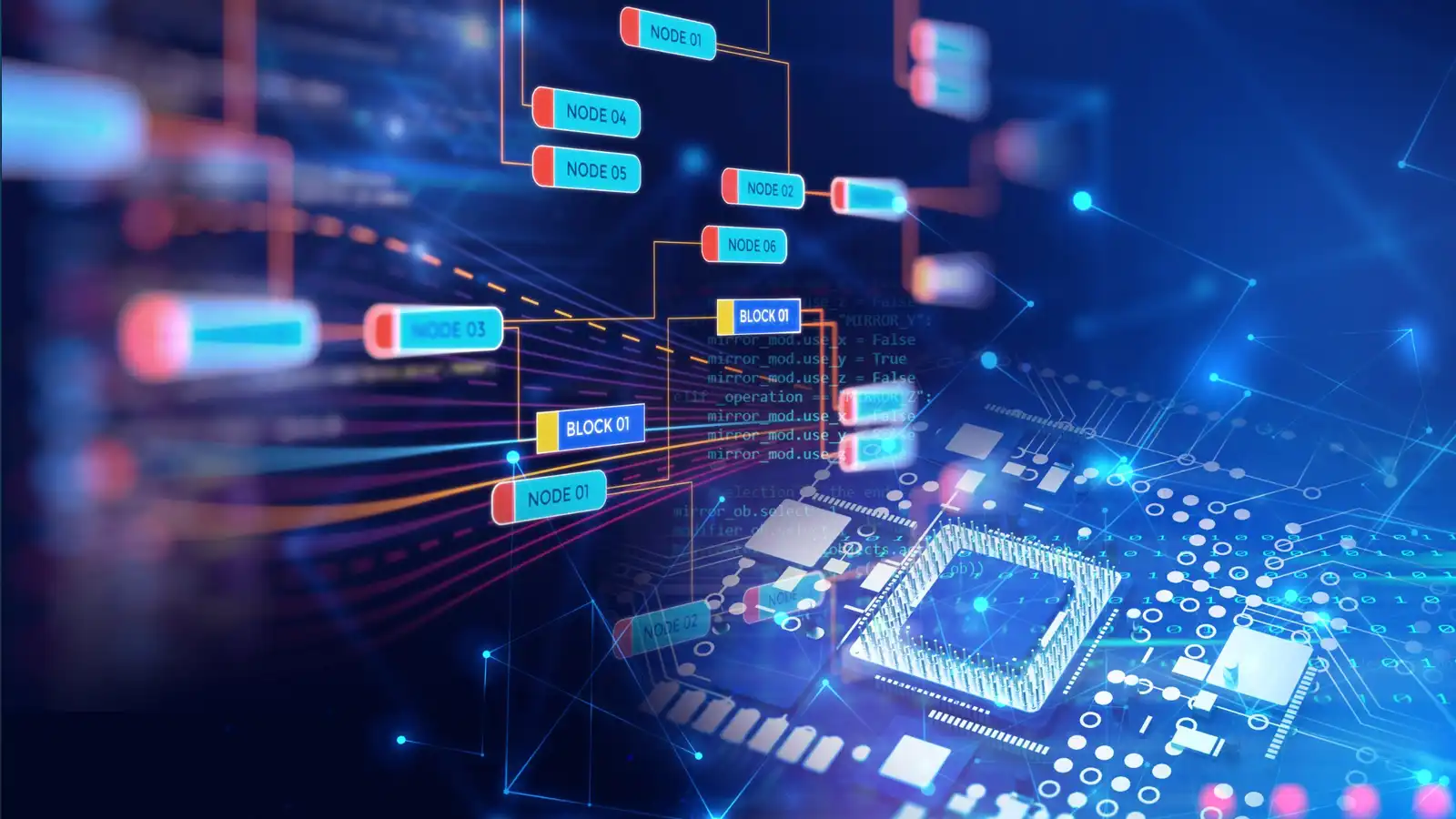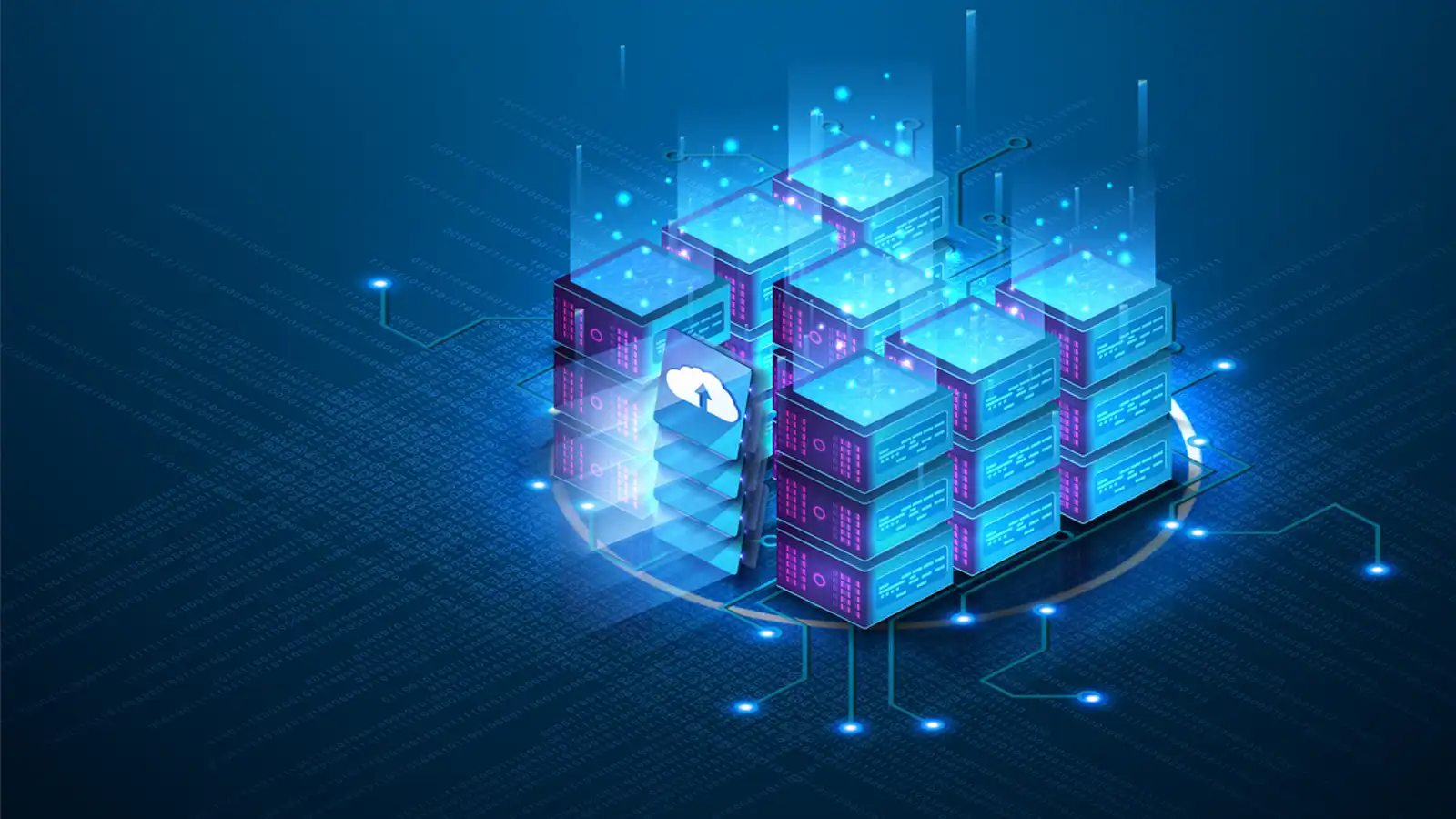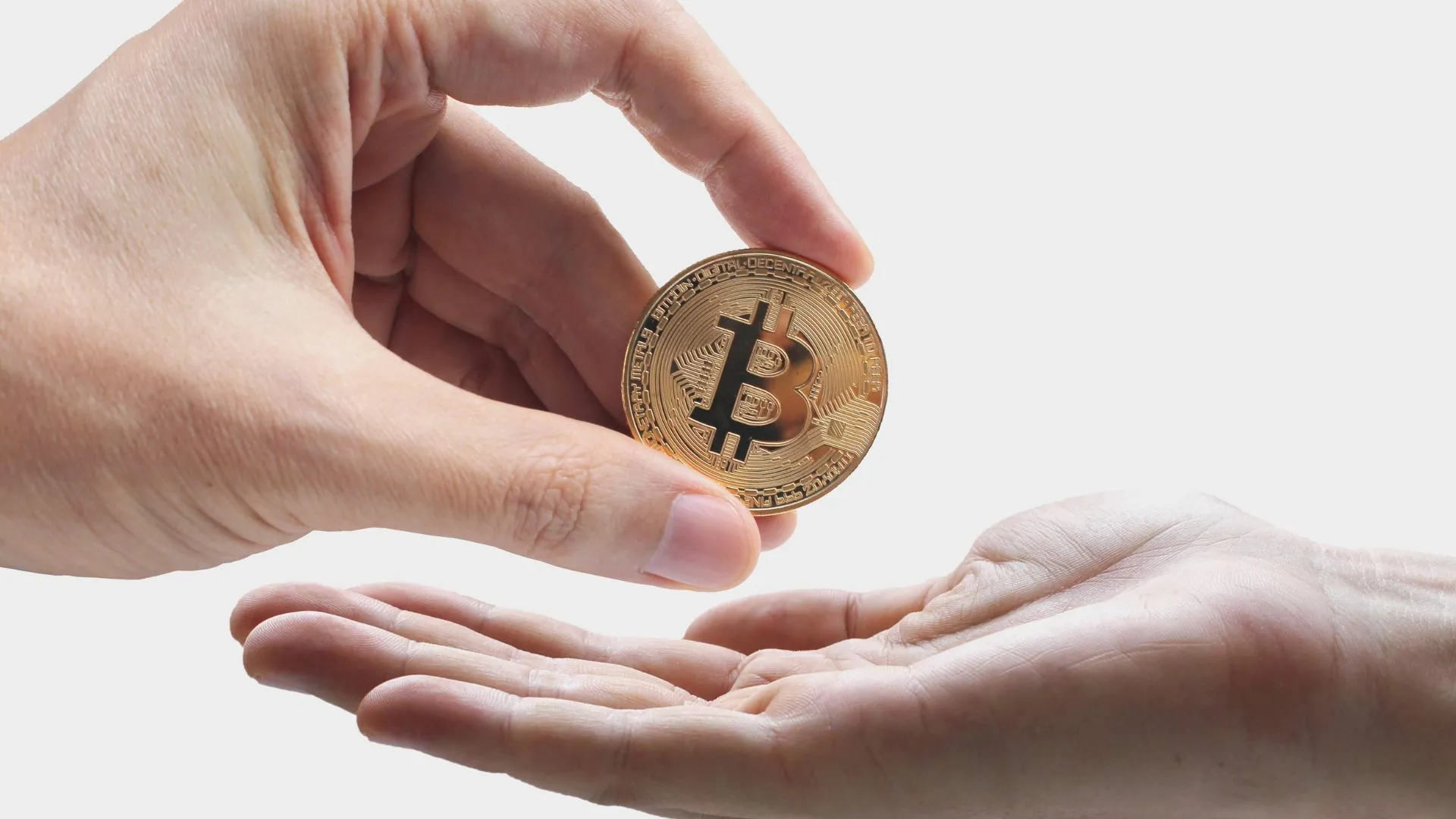Have you ever wondered what blockchain is? You’ve probably heard the term thrown around, especially in discussions about cryptocurrency. But what exactly is a blockchain, and why does it matter?
In this simple handbook, we’ll simplify blockchain technology’s basics in plain language. You’ll learn how this innovative system works, why it’s so secure, and some potential applications beyond digital currencies.
It is an exciting technology that is being utilized to advance medical research, enhance the accuracy of healthcare records, optimize supply chains, and achieve many other improvements. Let’s dive in and explore this groundbreaking technology together.
What is a Blockchain? A Brief Introduction
Blockchain – a term not so alien anymore! But what really is a blockchain? Let’s dig deeper:
The Basics
At its core, a blockchain is a digital ledger. Think of it as a super-secure, digital record book that’s shared among many computers. This ledger keeps track of transactions and information in a way that’s nearly impossible to tamper with.
More Than Just Cryptocurrency
While blockchain is often associated with Bitcoin, it’s much more versatile. A blockchain can record virtually any type of transaction or data. This could be financial transactions, property records, or even voting results.
Key Features
What makes a blockchain special? Here are a few key points:
- It’s distributed: The ledger exists on multiple computers, not just one central location.
- It’s transparent: Anyone can view the transactions (though the identities behind them may be anonymous).
- It’s secure: Once information is recorded, it’s extremely difficult to change or delete.
Why It Matters
The blockchain concept is revolutionizing how we think about data storage and transfer. It offers a level of security and transparency that traditional systems can’t match. As we continue to explore what blockchain can do, we’re likely to see it impact many aspects of our digital lives.
The Technology Behind Blockchain
You might be wondering what you got to know, “What is a blockchain?” but how does this technology work?
At its core, blockchain is a revolutionary technology changing how we think about digital transactions and data storage.
The Building Blocks
It uses three main components: cryptography, decentralization, and consensus. These work together to create a highly secure system with no single point of failure. When you hear about blockchain, think of it as a digital ledger distributed across many computers.
How It Works
So, what is a blockchain in action?
Imagine a chain of blocks, each containing information. When a new transaction occurs, it’s added to a block. This block is then linked to the previous one, forming a chain.
Here’s the cool part: once information is added, it can’t be altered without changing all subsequent blocks.
Decentralization is Key
Unlike traditional systems where one central authority holds all the data, blockchain spreads information across a network of computers. This means there’s no single point of control or failure.
When you ask, about the “Advantages of Blockchain”, this decentralization is a big part of the answer.
Consensus and Security
For a new block to be added, the network must agree it’s valid. This consensus mechanism ensures the integrity of the blockchain. It’s like having multiple eyes on every transaction, making it incredibly difficult to cheat the system.
Understanding about blockchain and how it works is important in today’s digital age. Its potential applications go far beyond cryptocurrencies, promising to revolutionize industries from finance to healthcare.

Major Applications and Uses of Blockchain Technology
This technology has come a long way since its birth. Let’s explore some of the most important applications of this innovative technology in today’s world.
Financial Services
Blockchain is revolutionizing the financial sector. It’s being used for cross-border payments, making international transactions faster and more cost-effective. Banks and financial institutions are adopting blockchain to streamline their operations and improve security.
Healthcare
The healthcare industry has found numerous uses for blockchain technology. Hospitals are using it for secure record-keeping, securing patient data privacy.
This technology is also helping in tracking prescription drug serial numbers, reducing the risk of counterfeit medications.
Supply Chain Management
Blockchain is transforming supply chain management by providing transparency and traceability. Companies can now track products from origin to destination, for authenticity and reducing fraud.
Real Estate
In the real estate sector, blockchain secures data sharing in property transactions. It provides a tamper-proof record of ownership, making the buying and selling process more efficient and transparent.
Smart Contracts
One of the most exciting applications of blockchain is smart contracts. These self-executing contracts automatically enforce the terms of an agreement, reducing the need for intermediaries and minimizing disputes.
Blockchain and its various applications help us appreciate its potential to reshape industries. As blockchain technology continues to evolve, we can expect to see even more innovative uses in the future.
Blockchain and Bitcoin
You’ve probably heard of Bitcoin, but do you know what powers it? The answer is Blockchain. It’s like a digital ledger that records transactions across many computers. Think of it as a chain of blocks, each containing information.
How It Works
When you make a transaction, it’s grouped with others into a “block.” This block is then added to the chain, creating a permanent record. What makes blockchain special is that it’s decentralized – no single person or entity controls it. Instead, it’s managed by a network of computers.
Bitcoin: The First Blockchain Application
Bitcoin, the world’s first cryptocurrency, was the first real-world application of blockchain technology. It uses blockchain to record all transactions without needing a central authority like a bank.
This is why people often associate blockchain with Bitcoin, but it’s important to remember that blockchain has many other potential uses as explained earlier.
Beyond Cryptocurrency
While Bitcoin put blockchain on the map, the technology has potential far beyond digital currencies. From supply chain management to voting systems, blockchain could revolutionize how we handle and verify information.
Understanding blockchain and Bitcoin can seem daunting, but at its core, it’s about creating a secure, transparent way to record and verify information. As this technology evolves, it may become a necessary part of our digital lives.

The Benefits and Challenges of Blockchain Technology
Improved Efficiency and Speed
Blockchain technology can significantly boost transaction efficiency. By eliminating intermediaries, processes become streamlined.
In financial services, for example, blockchain enables real-time transactions and increases settlement speed to near-instantaneous —- this means faster, more direct exchanges for you.
Enhanced Security and Transparency
One of blockchain’s standout features is its powerful security. The decentralized nature of blockchain makes it incredibly difficult to tamper with.
It offers exceptional transparency. Every transaction is recorded and visible to all participants, promoting trust and accountability.
Scalability Concerns
As with any other technology, blockchain isn’t without its challenges. A major hurdle facing blockchain technology is scalability. As more users join a blockchain network, processing times can slow down.
This is an important issue that developers are actively working to solve.
Regulatory Uncertainty
One challenge is the changing rules. As blockchain technology grows and enters different industries, governments and regulators are still deciding how to handle it. This uncertainty can sometimes slow down how much it’s used.
Understanding Blockchain means knowing both its possibilities and its current limitations. As the technology gets better, we can expect to see new solutions to these challenges.
This will make it easier for more people to use it and for it to be used in more ways.
Future of Blockchain
As you look ahead, it is natural to think about the future of blockchain technology and blockchain’s potential to reshape various industries.
It’s impossible to predict with certainty, but several trends are emerging that hint at exciting possibilities.
Increased Adoption
Blockchain technology is likely to see wider adoption across different sectors. Financial services, supply chain management, and healthcare are just a few areas where blockchain could revolutionize operations.
As more businesses recognize the benefits of decentralized, transparent systems, you can expect to see blockchain implementations becoming more commonplace.
Enhanced Interoperability
One challenge facing blockchain technology is the lack of communication between different networks. In the future, you’ll likely see increased efforts to create interoperable blockchain systems.
This could lead to smooth data sharing and transactions across various blockchain platforms, improving efficiency and utility.
Sustainability Focus
As people become more concerned about the environment, the future of blockchain is likely to involve using more energy-efficient ways to reach an agreement. You can expect to see a shift toward greener blockchain solutions that deal with the technology’s current energy use problems.
Regulatory Clarity
As blockchain technology matures, you can expect clearer regulatory frameworks to emerge. This increased clarity will likely encourage more businesses and institutions to explore what a blockchain can offer, possibly leading to wider mainstream acceptance.
The future of blockchain looks promising, with potential advancements that could greatly impact how you interact with digital systems and conduct transactions in your daily life.
Blockchain technology is changing how we handle data and transactions. A blockchain is a digital ledger that securely records information. It may seem complex, but the main idea is simple – creating a clear, tamper-proof system for storing and sharing data.
Blockchain has the potential to transform many industries beyond cryptocurrency, from supply chain management to voting systems.
Understanding blockchain is an important first step in grasping this groundbreaking technology. Keep exploring to learn more about how blockchain is shaping our digital future.




One reply on “What is a Blockchain? A Simple Handbook”
[…] as a decentralized digital currency, is naturally secure thanks to its underlying blockchain technology. However, the weak link in Bitcoin’s security often lies with the individuals who handle it. Many […]